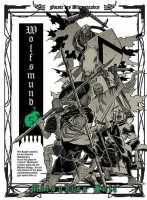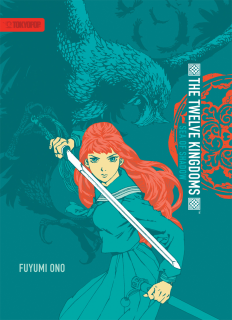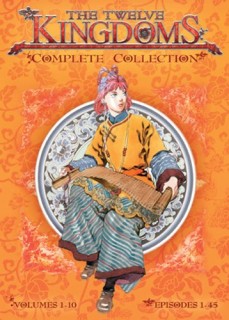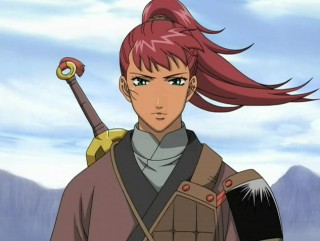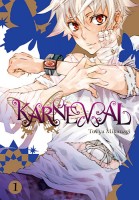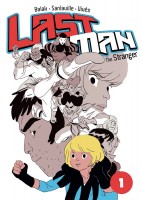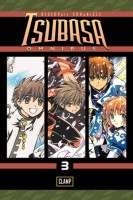The end of April is almost here, which means it’s time for another manga giveaway! With thanks to Kodansha Comics, this month you will all have a chance to win a copy of Miki Yoshikawa’s Yamada-kun and the Seven Witches, Volume 1. (I unintentionally ended up with two copies, so my gain is also your gain!) As always, the giveaway is open worldwide.
What with the recent releases of Yamada-kun and the Seven Witches, Maria the Virgin Witch, and Witchcraft Works, it seems as though manga featuring witches are becoming increasingly prevalent in English. And that’s not even to mention all of the series that don’t actually have the word “witch” in the title. Now, despite it’s cover and title, after only one volume Yamada-kun doesn’t seem to necessarily have anything to do with witches, but I’ve been assured by others that they are indeed a part of the series.
As with vampires, I don’t have a particular interest in witches, though that’s certainly not going to stop me from reading a manga. (Interestingly, but perhaps unsurprisingly, vampires appear to be more prevalent in manga intended for women while witches appear to be more prevalent in manga intended for men.) I have no idea why witches seem to have become so popular recently, but they’ve actually been around in manga for a while.
One of my favorite witch manga is the sadly out-of-print Sugar Sugar Rune. Berserk, another favorite series of mine, also features a young witch as a main character in its recent story arc. The two series are drastically different from each other, though; just because a manga has a witch in it doesn’t mean it will be like any of the others!
So, you may be wondering, how can you win the first volume of Yamada-kun and the Seven Witches, Volume 1?
1) In the comments below, tell me about your favorite witch from manga. (If you don’t have one, or have never read a manga about a witch, you can simply mention that instead.)
2) If you’re on Twitter, you can earn a bonus entry by tweeting, or retweeting, about the contest. Make sure to include a link to this post and @PhoenixTerran (that’s me).
And there you have it! Each person can earn up to two entries for this giveaway and has one week to submit comments. If you have trouble with the form, or if you would prefer, entries can also be sent to me via email at phoenixterran(at)gmail(dot)com. I will then post the comments here in your name. The giveaway winner will be randomly selected and announced on May 6, 2015. Good luck!
VERY IMPORTANT: Include some way that I can contact you. This can be an e-mail address in the comment form, a link to your website, Twitter username, or whatever. If I can’t figure out how to get a hold of you and you win, I’ll just draw another name.
Contest winner announced–Manga Giveaway: Yamada-kun and the Seven Witches Giveaway Winner





